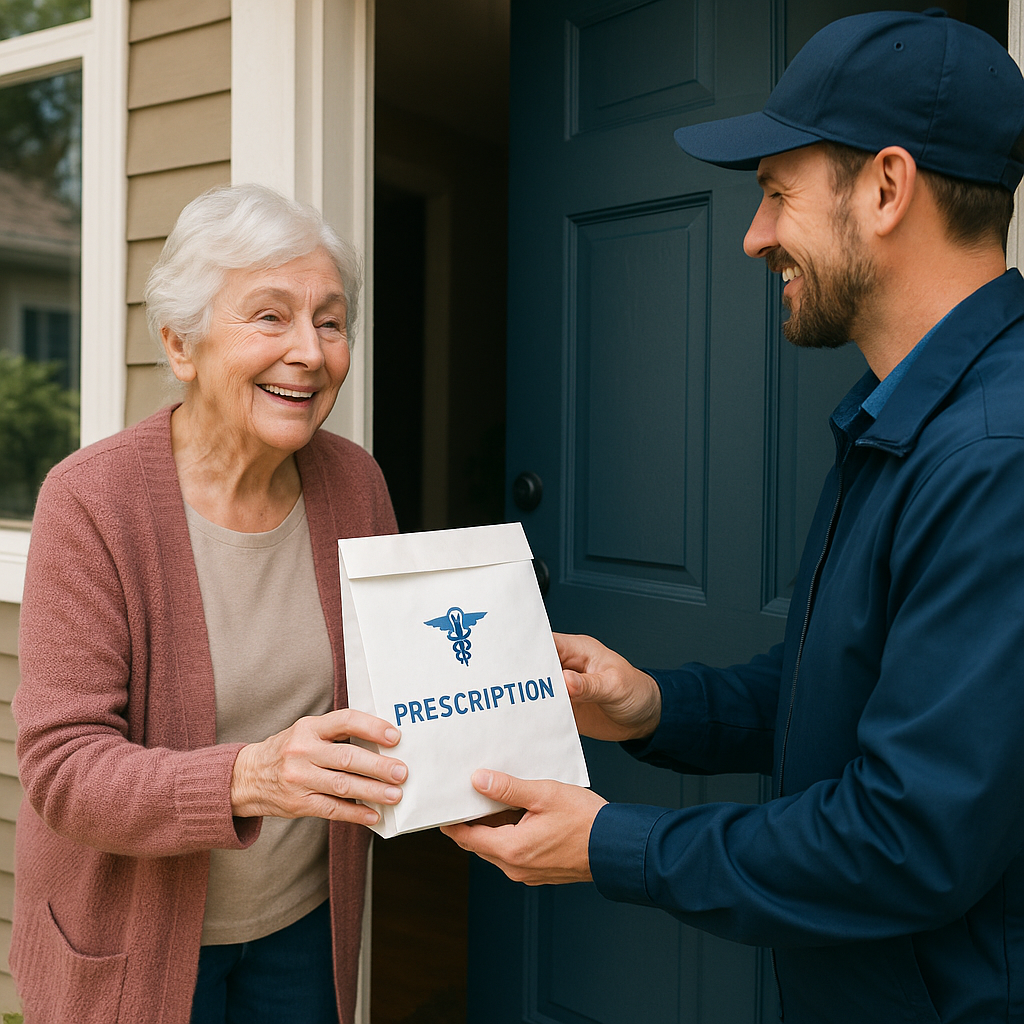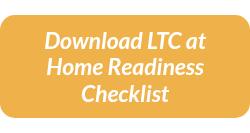Why Independent Pharmacies Should Consider Long Term Care at Home

You’re already going the extra mile; coordinating with caregivers, synchronizing medications, offering compliance packaging, and delivering medications directly to patients who need the same level of support they would receive in a facility. In other words: you’re already servicing the patients and technically already offering Long Term Care (LTC) at Home. The difference? You’re not getting paid for it!
Long Term Care at Home is a Medicare-supported model that allows pharmacies like yours to bill using LTC-level service codes, unlocking higher dispensing fees, higher reimbursements, and greater recognition from Part D plans. All it takes is aligning your documentation and processes with CMS expectations. With a few smart changes, you can be well on your way to get paid for the care you’re already providing.
Program Overview
Long Term Care at Home is a model where pharmacies deliver LTC-level services to Medicare beneficiaries residing in their homes. This model allows patients to remain in their home longer by providing the necessary support required for daily living activities, medical needs, and pharmacy services that would traditionally only be available through institutional living.
Pharmacies serving this population can bill using LTC-level service codes, opening access to higher reimbursements and enhanced recognition from Part D plans.
Key CMS Guidance
CMS expects Part D sponsors to offer network contracts to “any willing pharmacy” that can meet LTC performance standards even for home-based patients.[1] There is no regulatory definition of “LTC at home,” CMS indicates a Part D sponsor may designate a home-residing patient as LTC status based on several factors. LTC at Home is intended for Medicare beneficiaries living at home who require a similar level of pharmacy care as institutional LTC residents.
Eligibility can be determined in two ways:
- Beneficiaries receiving services through the Home and Community-Based Services (HCBS) or another waiver program should automatically qualify for LTC at-home services.
- For beneficiaries not enrolled in one of these programs, eligibility can be determined by:
-
- The existence of limits for at least two Activities of Daily Living (ADL) or two instrumental (iADL);
- Taking 6+ medications;
- Having 3+ chronic conditions; and
- Meeting a requirement for home bound.
- Have Complex Medical Needs
- Multiple chronic conditions (e.g., diabetes, CHF, COPD)
- Frequent hospitalizations or emergency room visits
- Cognitive impairments (e.g., dementia, Alzheimer’s)
- Take Complicated Medication Regimens
- 6+ maintenance medications
- Require med synchronization, compliance packaging, or MARs
- Need pharmacist intervention or regular clinical monitoring
- Rely on In-Home Care Support
- Receive services from a home health agency or private caregiver
- Are homebound or have limited mobility
- Have a caregiver managing medication administration
- Are Functionally or Cognitively Impaired
- Unable to self-administer medications safely
- At risk for non-adherence without oversight
Pharmacy Parameters for Qualifying LTC at Home Patients
While CMS does not provide a strict definition of LTC at Home, pharmacies must meet performance and service standards comparable to those provided in traditional LTC settings. Additionally, PBMs may require additional items to justify reimbursements. To qualify a patient, pharmacies must be able to justify LTC-level support, including:
- Enrollment in a Home and Community-Based Services (HCBS) program
- Functional/cognitive impairment documentation
- Medication complexity
- Evidence of home-based care support
Keep notes from prescribers, caregivers, or care coordinators confirming the patient’s needs. These will be important to keep in case of audit questioning patient eligibility.
Pharmacies Must Provide LTC-Level Services, Such As:
- Monthly cycle fills (e.g., 28- or 30-day med cycles)
- Compliance/adherence packaging (blister cards, strip packs)
- Clinical pharmacist reviews and interventions
- Delivery and caregiver coordination
- 24/7 on-call pharmacist availability (if required by the PBM or plan)
Billing & Codes
These codes tell PBMs and Part D sponsors to treat the claim as an LTC claim, which can unlock higher dispensing fees and reimbursements.[2]
- Residence Code: 1 (Home)
- Service Type Code: 5 (LTC)
- Level of Service: 7 (Medical at Home)
Benefits for Independent Pharmacies
- Higher Reimbursement: Dispensing fees for LTC at Home are often higher than for standard retail.
- Expanded Patient Access: Serve homebound Medicare patients in your community.
- Leverage Existing Infrastructure: Many pharmacies already offer med sync, packaging, and delivery- LTC at Home builds on these.
Compliance Considerations
- Pharmacies must document that they are meeting LTC at Home level services for each eligible patient.
- No formal training requirement, but pharmacies must follow CMS guidance and be audit-ready.
- PBM credentialing or attestation as an LTC provider may be required. Example Optum already has pushed specific requirements
- Use consistent documentation and workflows to support billing claims.
Summary
LTC at Home represents a major opportunity for independent pharmacies to grow revenue and expand care delivery, as long as they follow CMS expectations and billing guidance. Not all home-based patients qualify, but many do. If your pharmacy already offers enhanced medication support, care coordination, and packaging for homebound patients, you're positioned to transition eligible patients into LTC at Home billing. R.J. Hedges can help ensure compliant implementation from day one. For more information on LTC at home be sure to visit https://www.rjhedges.com/ltc-at-home Please reach out to sales@rjhedges.com for more details.
[1] Source: CMS LTC Pharmacy Guidance
[2] Source: Senior Care Pharmacy Coalition

